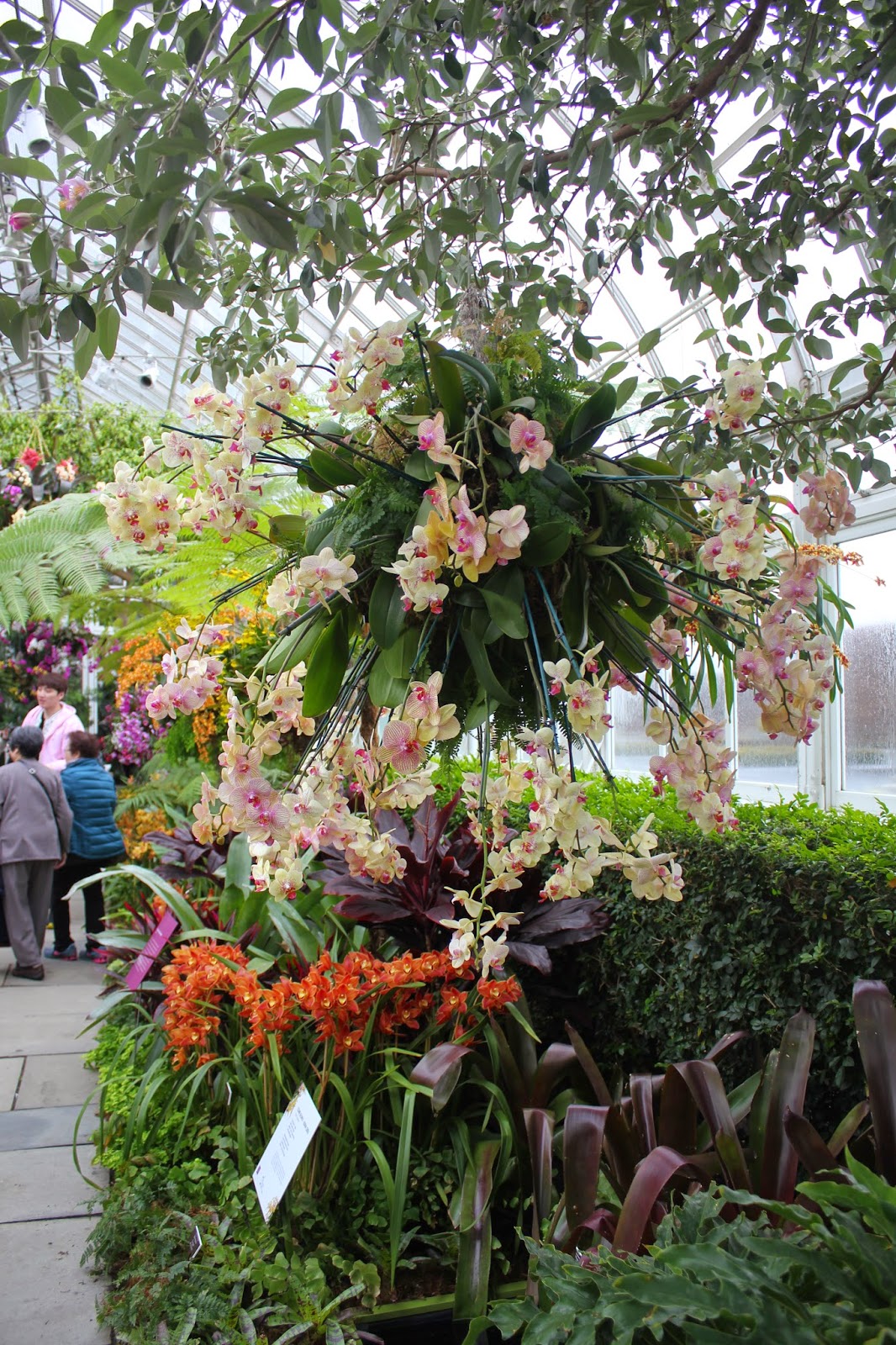Compared to summer's bold riot of colors, spring begins in a slow crescendo of color. Mostly pastels followed by a few brightly colored tulips or daffodils. But for me, the real spring show is the trees. Spring flowering trees are simply magnificent. They bloom before the leaves appear and since so many other "leafy" trees are just starting to break dormancy, their lovely blooms stand out all the more. A quick drive around my neighborhood had me spotting these beauties:
A round shape with the palest, almost white flower petals.
Saucer Magnolia Tree (Magnolia x soulangeana)
Large petaled blossoms flushed with pink, white and hints of purple
Star Magnolia (Magnolia stellata)
One of the first flowering trees to bloom. It's blossoms consist of up to 15 individual white petals, giving the illusion of a star.
Flowering Plum Tree (Prunus cerasifera)
Small light pink flowers contrast nicely against the burgundy leaves of this upright, vase shaped tree.
Bradford Pear Tree (Pyrus calleryana 'Bradford')
Clusters of small white, fragrant flowers appear just before the green leaves.
Weeping Cherry Tree (Prunus subhirtella 'Pendula')
This gracefully wispy tree has light pink flowers hanging on dangling branches.
When it sways in the wind, it's absolutely captivating. This one is on my property, and though it's quite old, it still stops me in my tracks each spring.
So many gorgeous trees out there right now. I'm looking forward to seeing the dogwoods, eastern redbuds and kwanzan cherry trees bloom in the next few weeks too!
Do you have a favorite? I'd love to hear it in the comments section below!




















